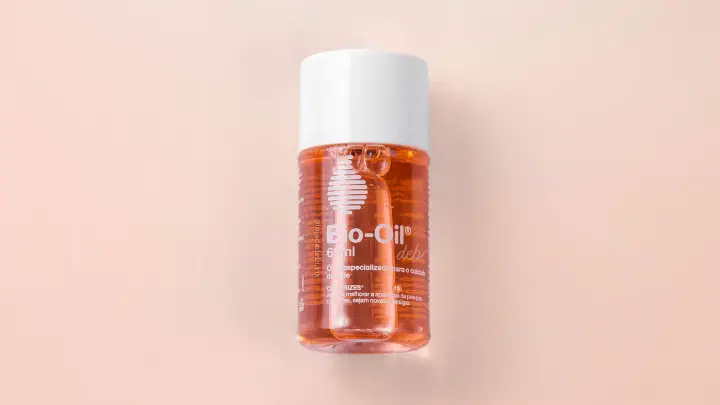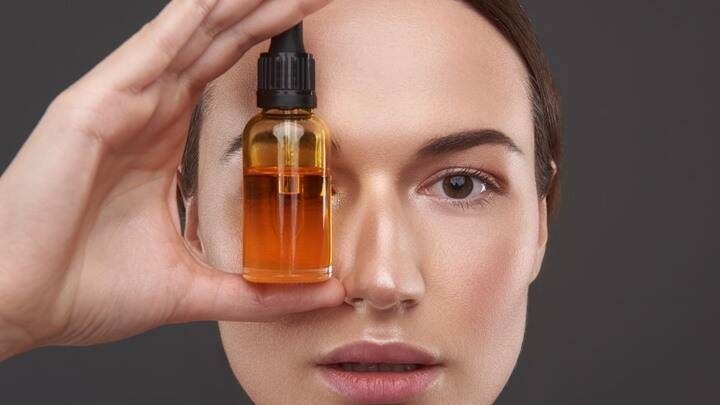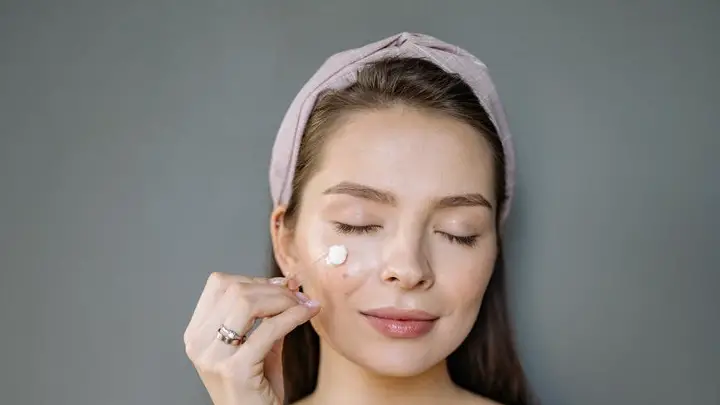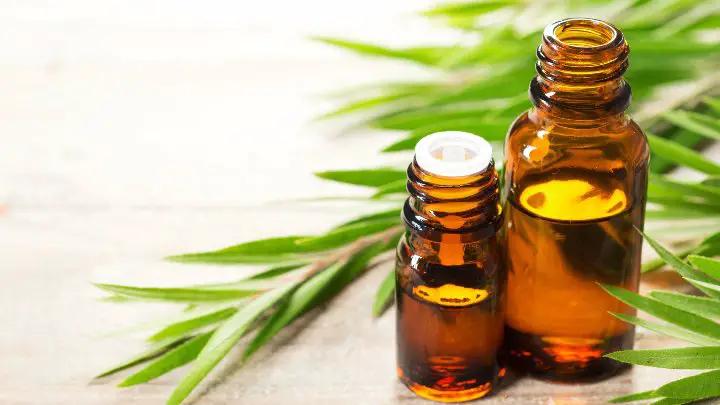Serums and moisturizers are often mentioned in beauty guides, magazines, and even commercials. But do you use a serum before or after moisturizer?
The answer is- before moisturizer. A serum is lighter and contains more active ingredients than a moisturizer, so it only makes sense that it goes on first to allow the skin to absorb its nutrients and maximize its benefits.
This article will help you understand why you should use a serum before moisturizer, what each product does and how to choose them for your skin type.
Do You Use Serum Before or After Moisturizer?
Before moisturizer. You should always use a serum before applying your moisturizer. Applying them in the opposite order would be ineffective because it would make the serum less potent.
But that doesn’t mean you have to apply your serum first thing after you wash your face. If you’re using an exfoliator or toner, for example, start with that to ensure that your skin is clean and free of any dirt or other impurities.
Follow up with your serum to deliver active ingredients deep into your skin, then apply your regular moisturizer. Finally, apply your sunscreen on top of those layers to keep your skin fully protected from sun rays.
What Is a Serum?
A serum is a skincare product you can apply to your skin after washing, exfoliating, and toning your skin, but before moisturizing.
By using a serum as part of your skincare routine, you’ll be targeting specific concerns, like wrinkles and dark spots, with concentrated doses of active ingredients.
Serums are generally made up of smaller molecules than those found in creams or lotions, allowing them to penetrate deeply into your skin.
Depending on what your skin needs, many types of serums can help address those issues. For instance, if you have dark spots from acne scarring or sun damage, you can use a brightening serum to help even out your tone.
If you have fine lines and wrinkles around your eyes and mouth, an anti-aging serum can help smooth them out and make them less visible.
What Is a Moisturizer?
A moisturizer is a skincare product (lotion, cream, or ointment) that you can apply to the skin to improve hydration.
Experts categorize moisturizers into humectants and occlusives, with most products containing a combination of these two properties.
Humectants draw moisture from the air into the skin while occlusives form a protective barrier on top of the skin to seal in hydration.
There are many types of moisturizers available in pharmacies and beauty stores. The goal is to choose a moisturizer that works for you, is within your price range, and doesn’t cause any adverse reactions.
Why Should You Use Serum Before Moisturizer?
Serums are composed of smaller molecules that can easily penetrate the skin, allowing them to deliver a very high concentration of active ingredients into the skin.
They are usually water-based and the skin absorbs them more quickly. Because of this, serums usually contain higher amounts of active ingredients than moisturizers.
Moisturizers, on the other hand, are designed to hydrate and nourish the skin. They have bigger molecules than serums, so they sit on top of your skin instead of being absorbed by it.
How Do You Choose a Serum for Your Skin Type?
Dry skin
For dry skin, look for serums with hyaluronic acid and natural oils like argan oil or jojoba oil. These ingredients will hydrate your skin while providing a barrier that prevents moisture from escaping the surface of your skin.
Oily skin
For oily skin, look for serums with salicylic acid or niacinamide, which help to reduce oil secretion. Niacinamide can also help brighten and improve the appearance of aging skin.
Normal skin
If you have normal skin, you can use any kind of serum — hydrating, brightening, or anti-aging. Look for antioxidants like vitamin C and E, ferulic acid, and resveratrol to protect your skin from environmental damage.
Combination skin
If you have combination skin (an oily T-zone and normal or dry cheeks), opt for light serums with hyaluronic acid and niacinamide — they won’t clog your pores but will moisturize your skin well.
Sensitive skin
The best way to find a serum for sensitive skin is to use a serum designed for sensitive skin. Such serum will contain calming ingredients like chamomile, cucumber, aloe vera, and so on.
How Do You Choose a Moisturizer for Your Skin Type?
Dry skin
If your skin is dry, it means that it is lacking in moisture and requires extra hydration. Go for a thick, creamy moisturizer with nourishing ingredients like hyaluronic acid, shea butter, and avocado oil. Look for products labeled “intensely hydrating” for very dry skin.
Oily skin
For those with oily skin, there are special moisturizers (non-comedogenic) available in the market which do not clog pores and leave the skin hydrated from within. You can use these specially formulated moisturizers during the summer and all year round.
Ingredients to look for include glycerin and hyaluronic acid and salicylic acid to help control breakouts.
Combination skin
If you have combination skin, choose a lightweight moisturizer with SPF for daytime use. Look for a creamier moisturizer (to balance the moisture in your skin) for nighttime use.
Normal skin
If you have normal skin that neither feels too dry nor too oily, then you are one of those lucky people who can use any type of moisturizer they like on their face or body.
You should go for something that suits your taste or budget and keeps your skin glowing all year round.
Sensitive Skin
If you have this skin type, you need to be very careful when choosing the right moisturizer for you. You should always look for a fragrance-free moisturizer labeled “non-comedogenic” as these products are less likely to cause acne or irritate your sensitive skin
FAQs
How long should you wait to apply moisturizer after serum?
10-15 minutes. The reason is to give the serum time to absorb into your skin. If you apply moisturizer on top of it before it is absorbed, you risk diluting your serum and minimizing its effectiveness.
Do you need both serum and moisturizer?
Yes, you do. Serums are lightweight and packed with powerful active ingredients that penetrate deeply into the skin while moisturizers hydrate the skin and help protect it from environmental stressors like pollution, dust, and dirt.
Can you use a toner before applying serum?
Yes, you can. A toner will help cleanse your face of leftover impurities and other blemish-causing bacteria. It will also keep excess oil under control and restore your skin’s pH balance so your serum can penetrate easily.
Conclusion
If you want your serum to get down deep into the layers of your skin and do its thing, it’s best to apply it after cleansing, exfoliating, and toning.
Then, use your moisturizer on top to help seal in the serum and keep your skin looking dewy and fresh. Once you’ve applied your moisturizer, you can choose whether or not you want to layer other products over it.
Thanks for reading.
Visit Serum101 to learn more about serums and moisturizers and how they work.







